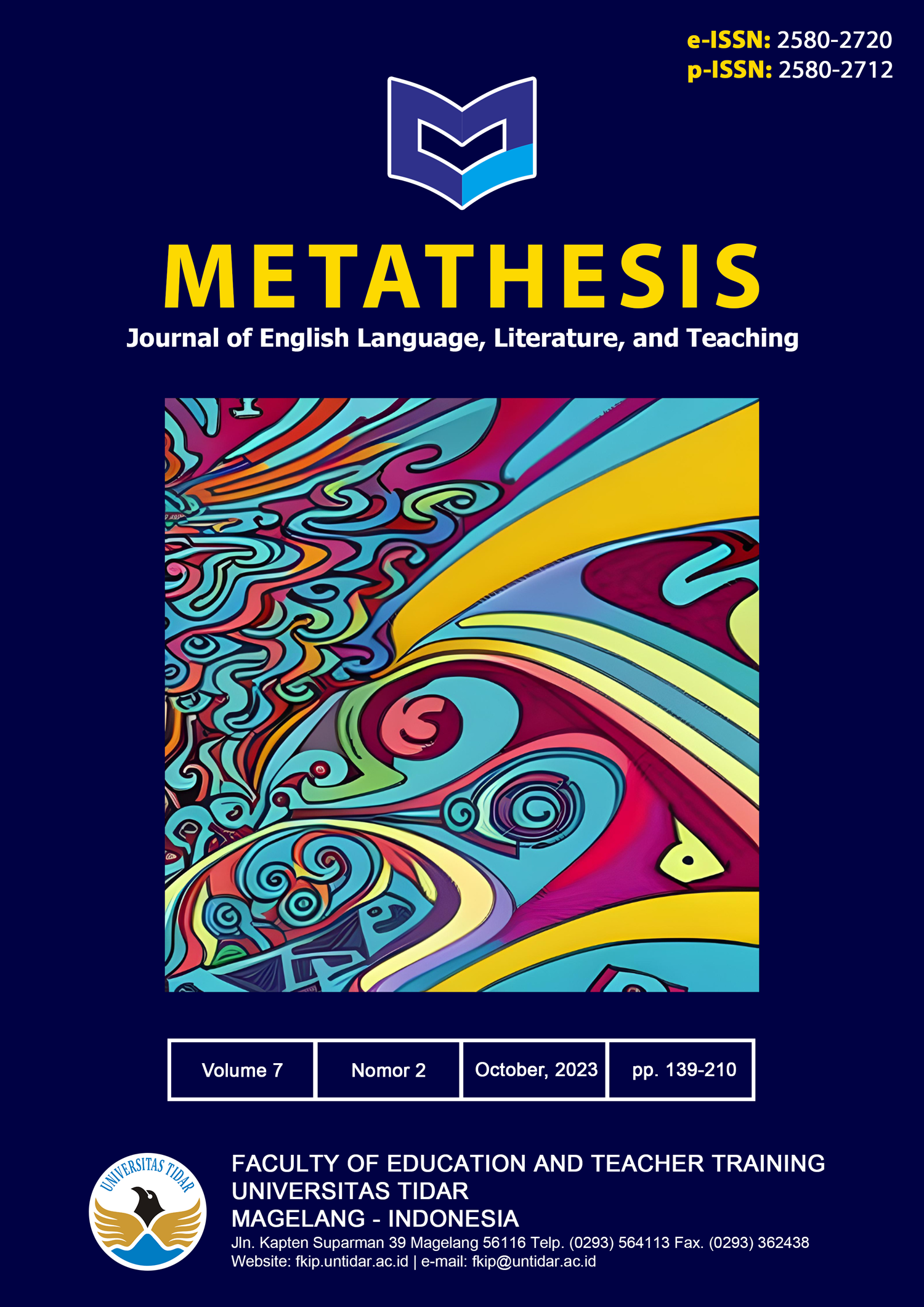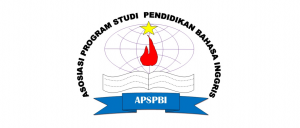Three-Periods Lesson: A practical way in introducing English Vocabulary Using Realia and Flashcards
DOI:
https://doi.org/10.31002/metathesis.v7i2.733Keywords:
Three-Period Lesson; English vocabulary, young learners.Abstract
This experimental study examines the use of the Three-Period Lesson, a teaching methodology commonly employed in early childhood education, to introduce English vocabulary to young learners. The study focuses on incorporating realia and flashcards as instructional tools to enhance language acquisition and retention. The research analyzes three stages of the Three-Period Lesson: introduction, association, and recall/reinforcement. The data were collected by interviewing two teachers and giving pre-test and post-test to the students. The data was analyzed by t-test table. The result of the post-test scores were better than the pre-test scores and formative scores. It could be seen by comparing their means. The means of the pre-test score was 51,92. The means of formative test score was 72, 76 while the post-test score was 74,57. It means that there is a significance difference in students‟ scores after they were given treatments using realia and flashcards. This study contributes to the field of early childhood education and language acquisition. The findings showed that the provide practical insights for educators seeking effective methods to introduce vocabulary to young learners, aiming to build a strong foundation in English language skills.
Downloads
Published
How to Cite
Issue
Section
License
Copyright (c) 2023 Metathesis: Journal of English Language, Literature, and Teaching

This work is licensed under a Creative Commons Attribution-ShareAlike 4.0 International License.
The copyright of the received article shall be assigned to the journal as the publisher of the journal. The intended copyright includes the right to publish the article in various forms (including reprints). The journal maintains the publishing rights to the published articles. Therefore, the author must submit a statement of the Copyright Transfer Agreement.

This work is licensed under a Creative Commons Attribution-ShareAlike 4.0 International License.
In line with the license, authors are allowed to share and adapt the material. In addition, the material must be given appropriate credit, provided with a link to the license, and indicated if changes were made. If authors remix, transform or build upon the material, authors must distribute their contributions under the same license as the original.



